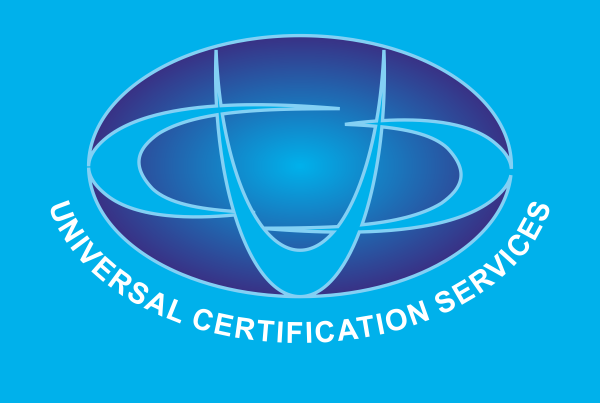Learn About ISO
ISO HISTORY

The word ISO is adopted from the Greek word “ISOS“ which means (equal)
BUILDING AN INTERNATIONAL STANDARD
First meeting of ISO was held in June 1947 in Zurich.
MOD Defense standard in the process of quality conscious led to AQAP-1 standard and 05/21 in 1973. In 1975 BS-5179 was produced by British Standard Institution. This standard was issued in three parts (1, 2 & 3) describing the requirement and guidelines for Defense Standard. Subsequently a standard was needed which could be applied across the range of industry and embody a rationalized approach to third party registration.
In 1979, British Standard Institute published the BS 5750 series (part 1-3) and in 1981 related guidance parts were released. Parts 1,2 and 3 of BS 5750 were used as basis of ISO-9000 series.
More than 40,000 standards had been developed for commercial and industrial use to cater with the national and international quality problems.
In 1979, Technical Committee ISO/TC 176 was formed. Despite some historical community in their heritage, various standards were not sufficiently consistent for widespread use as international requirement. Terminology used in the standards was also inconsistent and confusing.
ISO series 9000 (9000, 9001, 9002, 9003 and 9004-1) was published in 1987 along with terminology standard ISO-8402 Quality - Vocabulary. In years 1994 and 2000, ISO-9000 series was revised and updated. The goal of version 2000, published by an ad-hoc committee of ISO/TC 176, is to issue a single quality management standard.
In year 2008, new standard was issued as ISO 9001:2008.
WHO USES ISO TODAY
In addition to commercial and industrial organizations, issued standards are used by:
- Accreditation Bodies
- Certification Bodies
- Inspection Bodies
- Training Organizations


